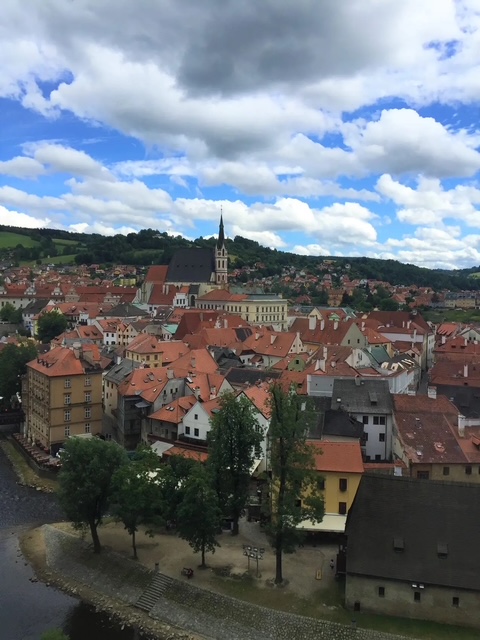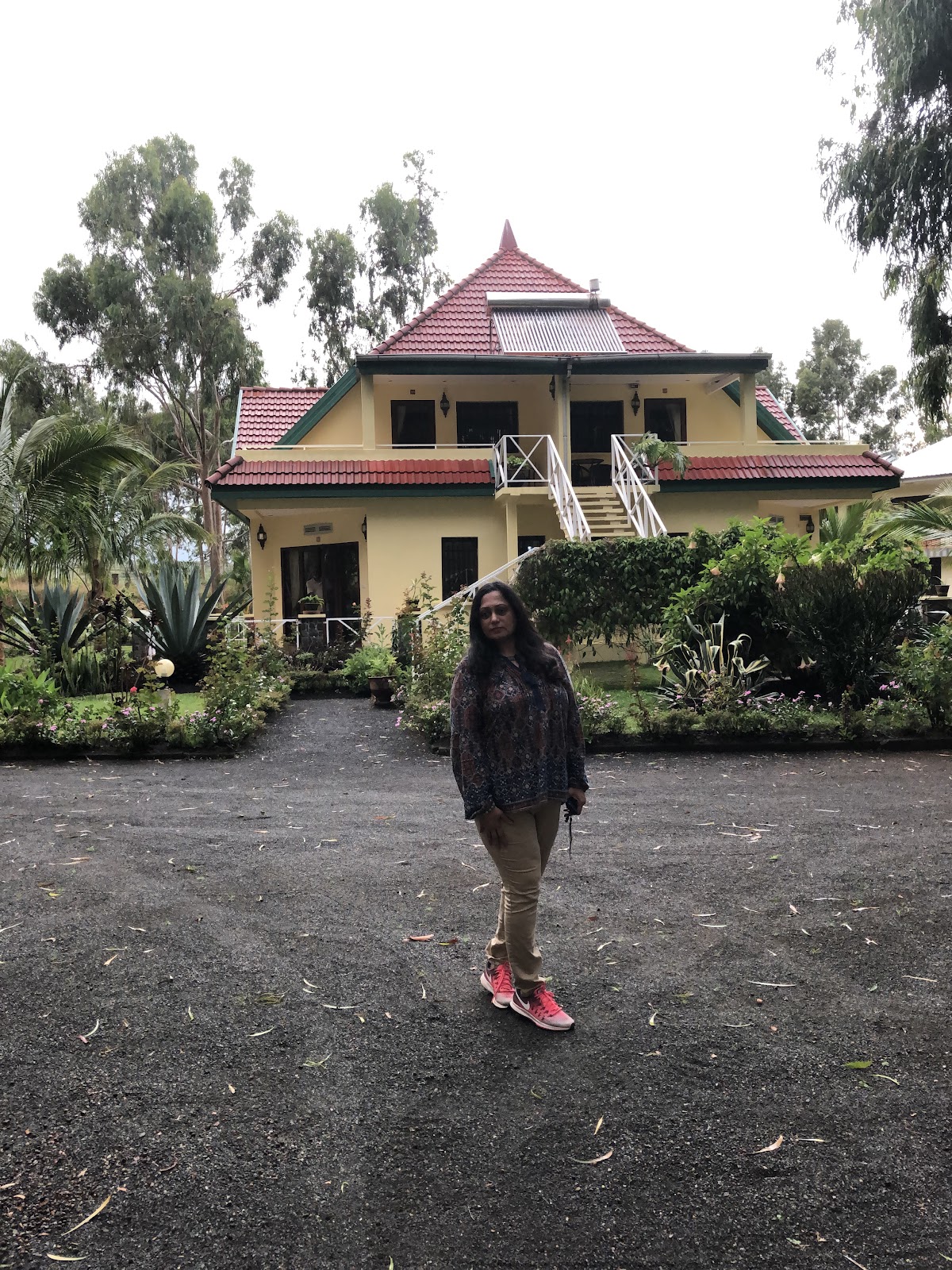Journey to Sikkim – Where the Himalayas Touch the Sky
First Stop: Bagdogra
We reached Bagdogra in the afternoon and spent the evening
soaki
ng in the quiet charm of the place. A visit to the local monastery
introduced us to the calming rhythm of North Eastern hospitality—gentle smiles,
slow conversations, and the scent of incense drifting through the cool evening
air.
The Road to Sikkim
The next morning, we started early. After crossing the
border check, the road to Gangtok unfolded like a moving painting—the emerald
Teesta River flowing alongside us, winding mountain roads hugging the hills,
and the towering Himalayas slowly revealing themselves in the distance.
Our hotel in Gangtok was perched on a hill, and from the
balcony, the mighty Kanchenjunga stood in full view, its snow-clad peaks
catching the morning light. Sitting there with a cup of the finest Darjeeling
tea, hot toast, and freshly steamed momos felt like the perfect welcome.
Honoring a Hero and Crossing Borders
Our first stop was Baba Mandir, a shrine dedicated to
Harbhajan Singh, an Indian Army soldier who fought bravely at Nathula Pass and
is revered as a guardian of the region. Standing there, surrounded by prayer
flags fluttering in the cold wind, I felt a deep sense of gratitude and pride.
Next, we headed towards Nathula Pass, nestled in the Dongkya
range of the Himalayas on the Indo-China border. Our guide told us it’s an
important trade post where villagers on both sides still practice barter
exchange. The altitude, the crisp air, and the thought of standing on a
historic gateway between nations made the moment unforgettable.
Lakes, Yaks, and Monasteries
We visited the breathtaking Tsomgo Lake, its shimmering blue
waters reflecting the snow peaks. The weather turned chilly, and we quickly
rented rubber boots to tackle the slush. The highlight? A playful, slightly
wobbly ride on a yak—an experience that had us laughing the whole way.
The next stop was Rumtek Monastery. The sprawling complex, with its vibrant gardens, ancient thangkas, and peaceful meditation corners, radiated a sense of timelessness. My favorite moment was watching young monks in maroon robes playing football in the monastery corridor—their giggles echoing through the air.
We also toured a tea estate, sampling fragrant blends and
packing a few for home. The scent of fresh tea leaves followed us for the rest
of the trip.
Diwali in Gangtok
Our fifth day happened to be Diwali, the festival of lights.
Mahatma Gandhi Marg was alive with shops selling incense, Tibetan handicrafts,
and textiles. As night fell, fireworks lit up the Himalayan sky. The hotel
owner surprised us with a special dinner—fluffy roshgullas and chhurpi, a
delightful milk-based sweet.
Sitting on the balcony that night, gazing at the
Himalayas—the cradle of great rivers, the abode of Shiva—I felt a stillness
that only nature can offer.
Farewell, But Not Goodbye
All too soon, it was time to drive back to Bagdogra for our
flight to Kolkata and then onward to Chennai. My heart was full—of serene
landscapes, warm people, and moments that will stay with me forever.
Sikkim is not just a place you visit; it’s a place that
gently imprints itself on your soul. And I know I will return.





















































